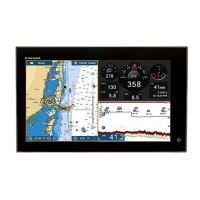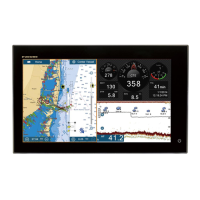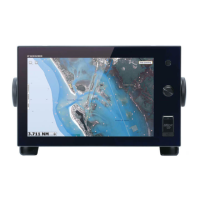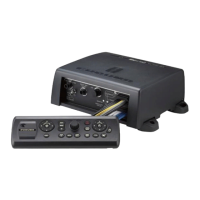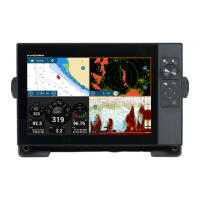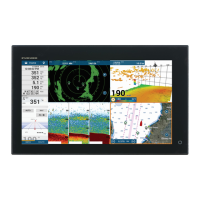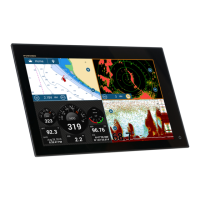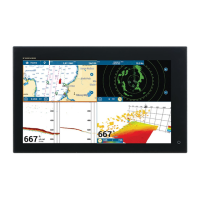7. FISH FINDER (SOUNDER)
7-21
Bottom contour
The tail from a hard bottom is longer than the tail from a soft bottom, because the hard
bottom reflects more of the ultrasonic pulse. An echo from shallow water gives a stron-
ger reflection than the echo received from deep water. A longer bottom tail appears
on slopes, because of the difference in travel time at both edges of the beam angle.
For the rough bottom, echoes are reflected on many different planes, which displays
echoes in many layers, giving a 3D effect.
Nature of a bottom
The nature of a bottom is known from the intensity and length of the bottom tail. To
find the nature of a bottom, use a long pulse length and normal gain. For the hard and
rough bottom, the bottom echo is reddish-brown with a long tail. For the mud or sand
bottom, the bottom echo has less red and with a short tail. A bottom with a lot of small
particles can give a long tail on the low frequency picture.
Fish volume
The size and density of a school of fish are indicators of the quantity of fish.
Soft bottom
Hard bottom
Rough bottom
Rock base
Mud & sand
Large schoolLarge school
Small schoolSmall school
Size of school of fish
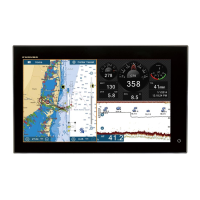
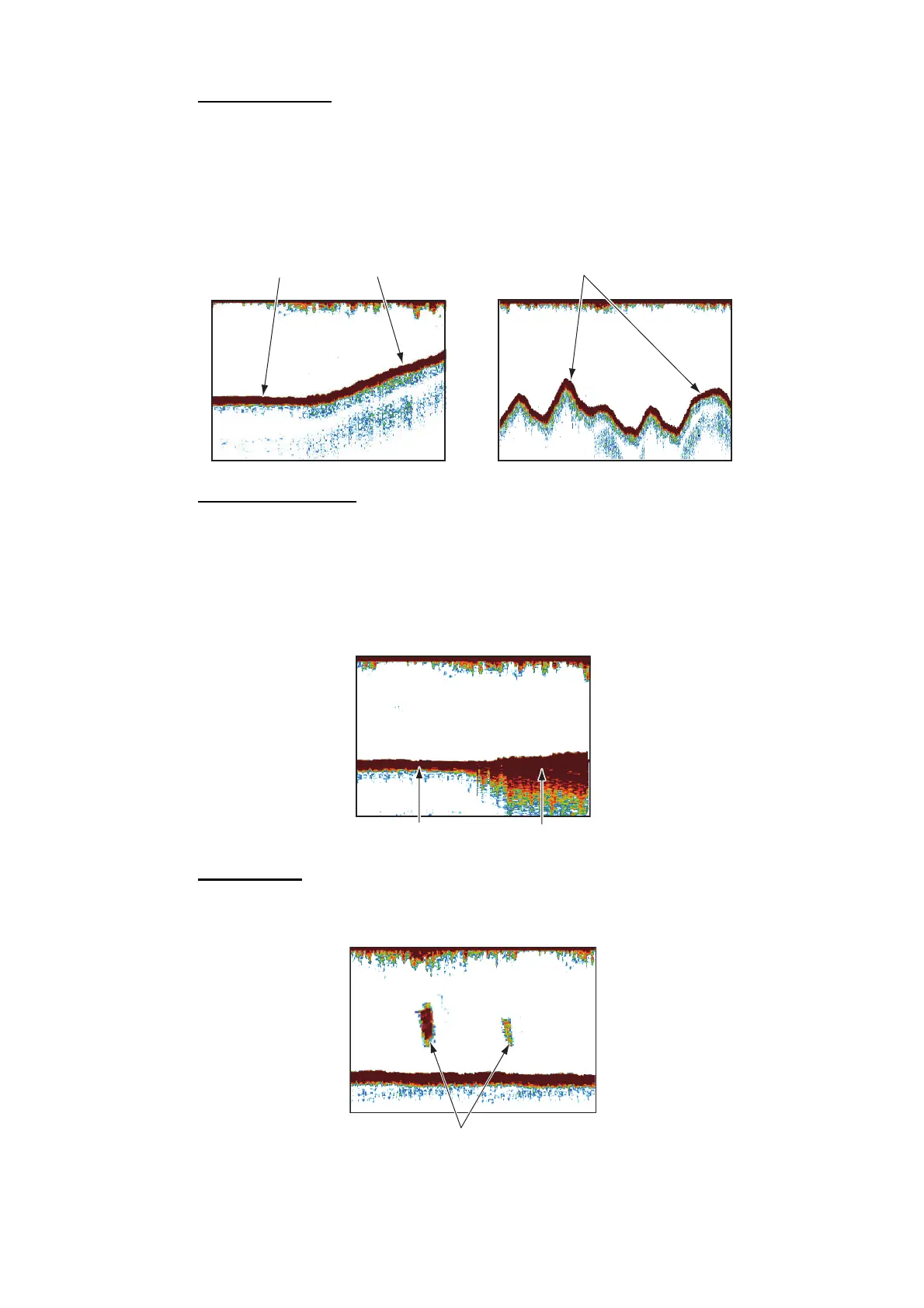